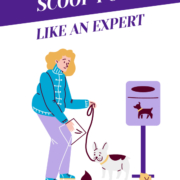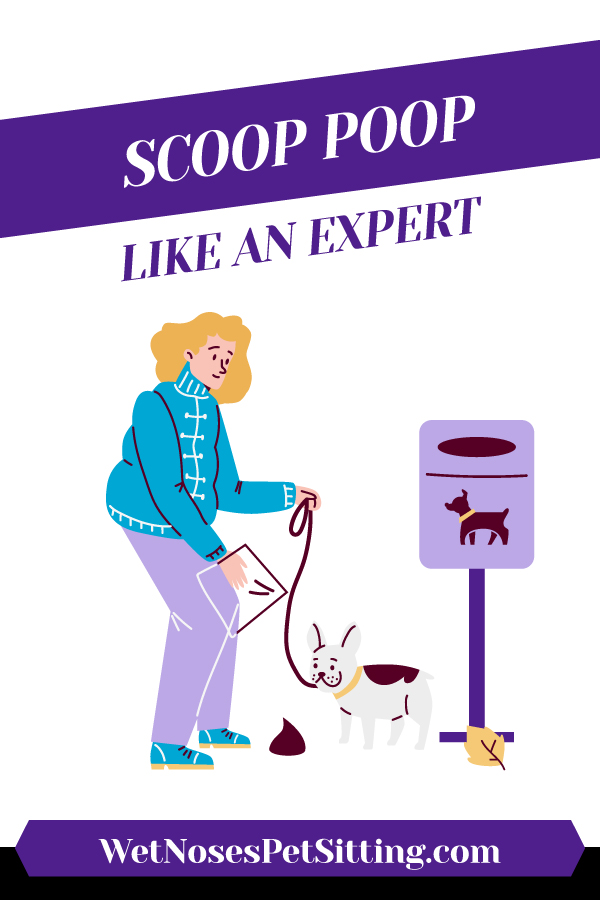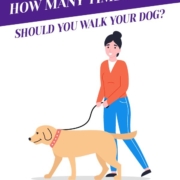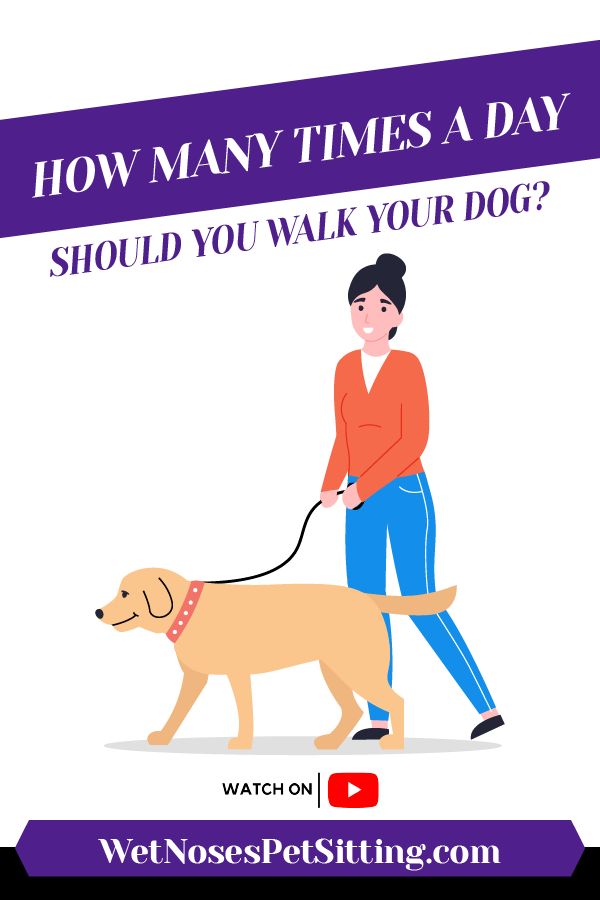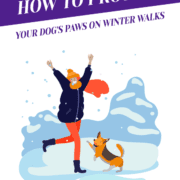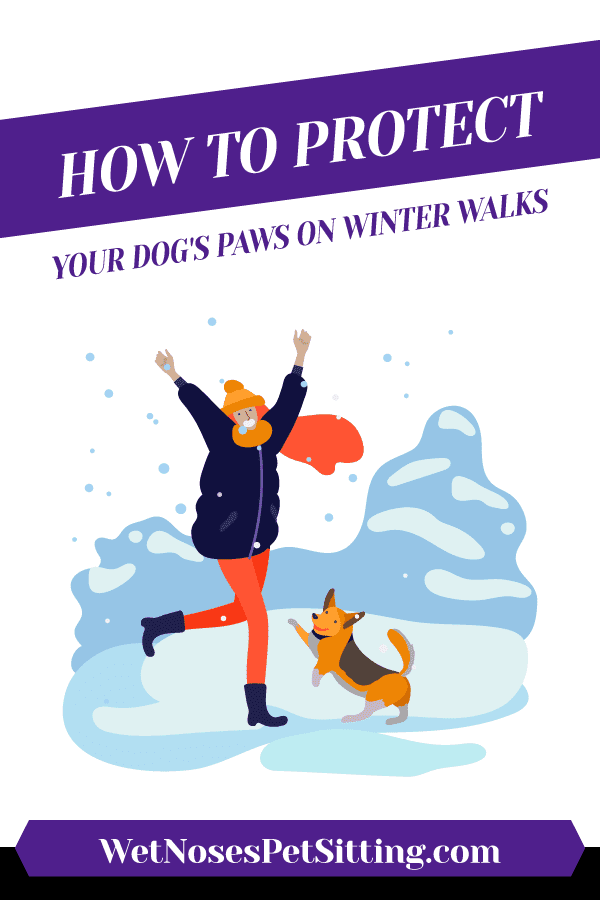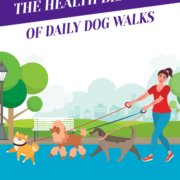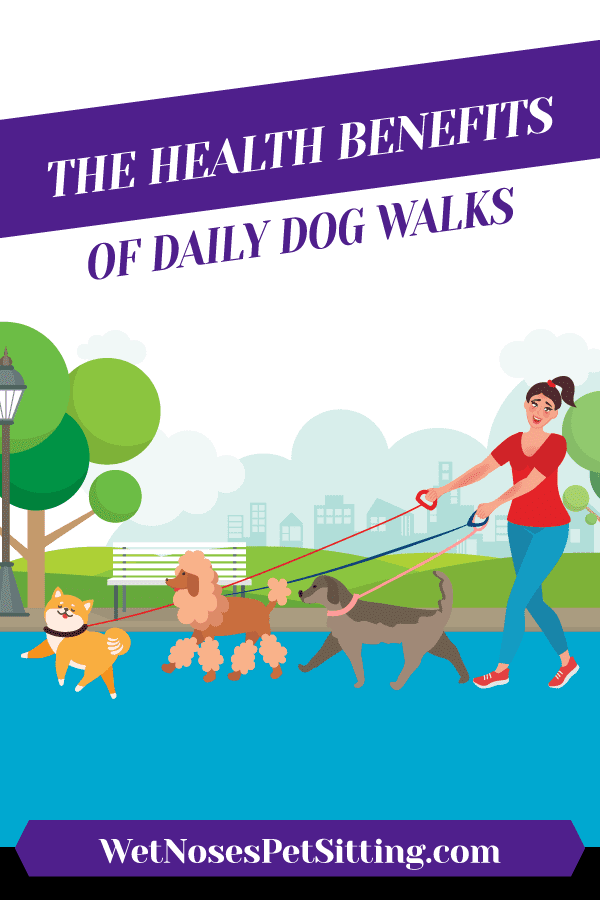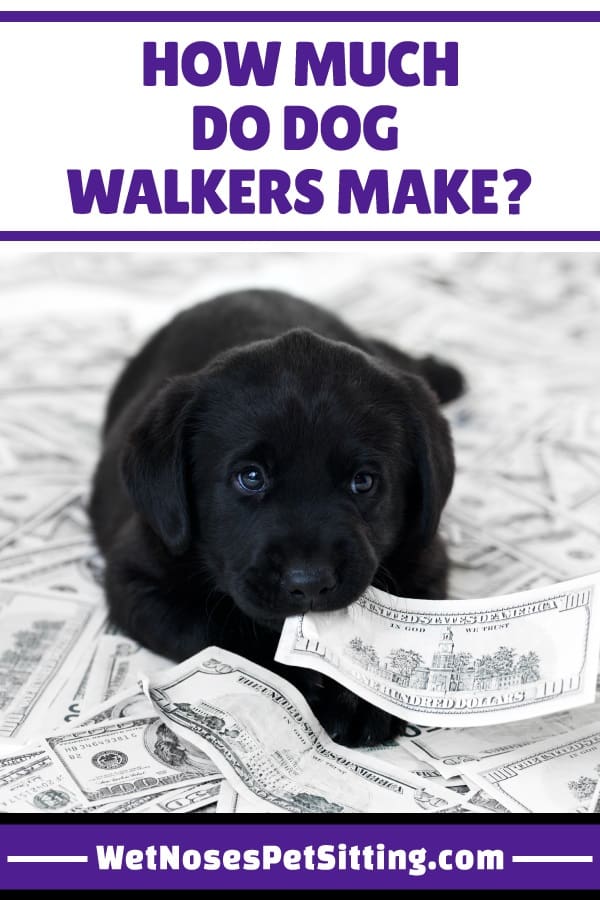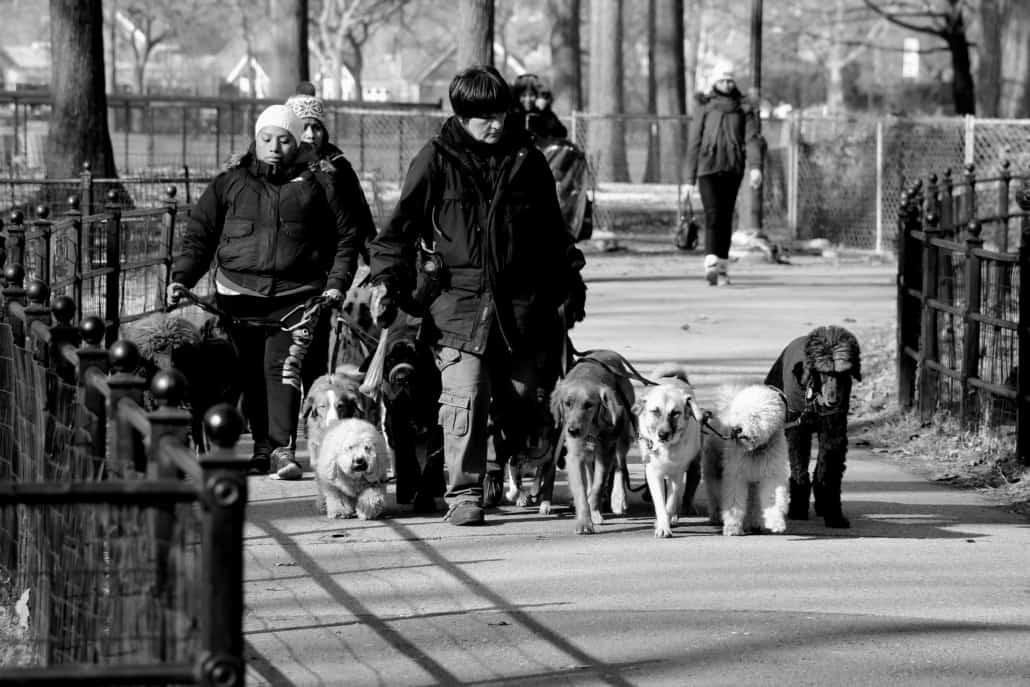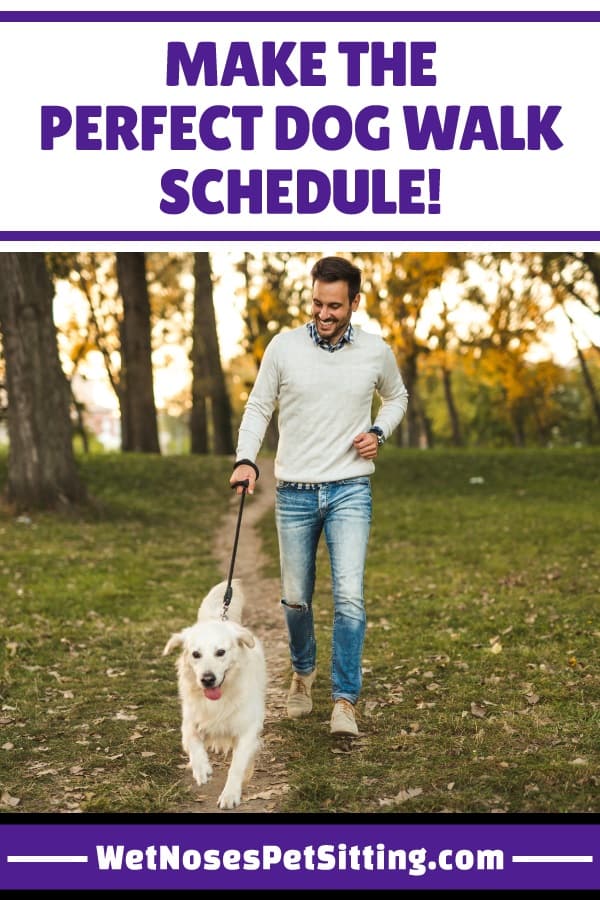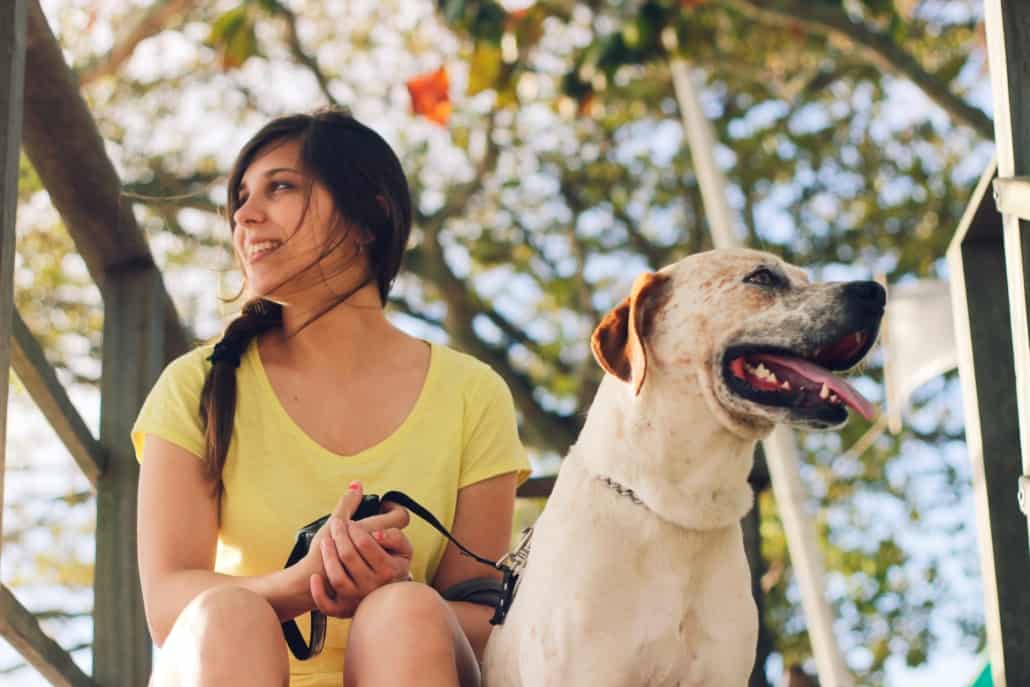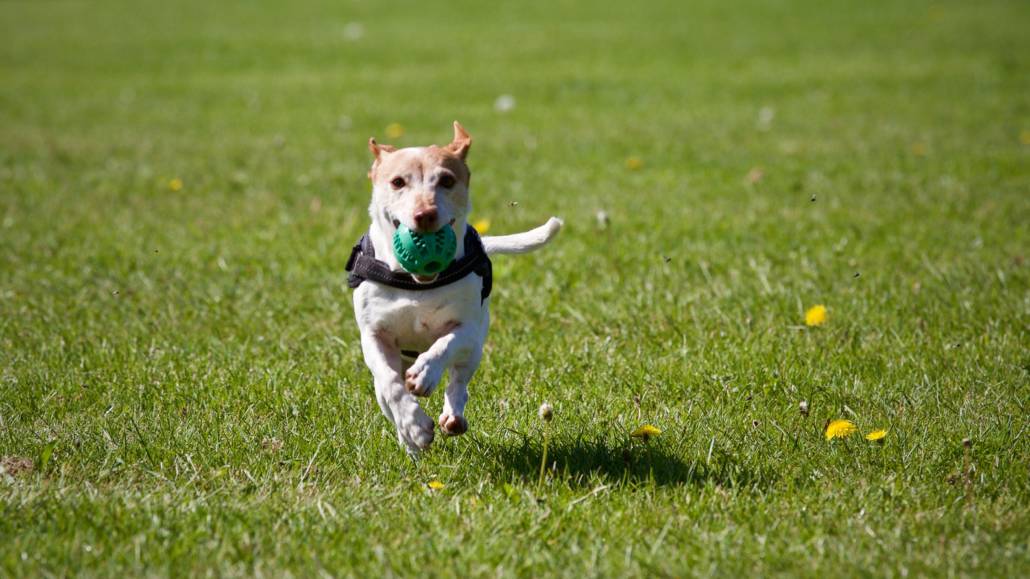Scoop Poop Like an Expert
Scoop Poop Like an Expert
While this title seems a bit silly, you know as a pet owner from the smallest to the largest in size, that maintaining a healthy living environment for your pet includes removing A LOT of POO!
National Scoop the Poop week is from April 27th – May 3rd. So in honor of this we are going to look at why it’s important to pick up and clean your pets living areas.
Did you know that there is a National Association of Professional Animal Waste Specialists? This is an organization of professional pooper scoopers who founded this week twenty one years ago to educate pet owners about the importance of cleaning up after their dogs.
Why is not cleaning up after your pet bad?
According to information from the EPA, leaving pet waste on the ground exposes animals and humans to increased risk of any number of parasites, bacteria and other harmful organisms.
“Animal waste contains two main types of pollutants that harm local waters: nutrients and pathogens. When this waste ends up in water bodies, it decomposes, releasing nutrients that cause excessive growth of algae and weeds. This makes the water murky, green, smelly, and even unusable for swimming, boating, or fishing. The pathogens, disease- causing bacteria and viruses, can also make local waters unswimmable and unfishable, and have caused severe illness in humans.” [Source]
The following are some common misconceptions about just leaving their dogs waste on the ground.
– “It’s a natural fertilizer, so just leave it on the ground.”
– Besides the obvious need to avoid these “landmines” due to the odor, dog waste can carry parasites, communicable diseases like E. coli and salmonella and they are categorized by the EPA in the same category as herbicides and other toxic chemicals.
– Leaving dog waste to be washed away into streams, rivers and lakes poses serious issues. Some studies show that two to three days of droppings from approximately 100 dogs can contribute to enough bacteria that would necessitate closing watershed areas within 20 miles of swimming and shell fishing. You should “avoid letting your dog do their business within 200 feet of a water body.” [Source]
So you can see there are many reasons to clean up after your pet goes to the bathroom. Let’s have a look at some of the ways to accomplish this inglorious task of the dog owner.
What are the easiest ways to clean up after your pet?
As with anything pet related, being prepared is key to your success! Carry disposable poop bags at all times. You can get these by the roll and can even get a container that clips to your belt or the dog’s leash.
These bags can come scented, and are sturdy. Environmentally friendly bags will be made of recycled materials and will be biodegradable.
The simplest way to use a poop bag is is to open them and place your hand inside like a glove, then hold the open edge, reach down and cup the poo in your hand, slide the open edge over and around your hand and then tie off the top.
Most neighborhoods have multiple receptacles where you can dispose of your dog waste. Even “Many parks and recreational areas have courtesy bags and disposal boxes, designed specifically for dog waste.” [Source] Wet Noses pet sitters usually carry a larger plastic bag to place the doggie poo bag after they have sealed it, this is especially helpful when walking multiple dogs. There are many different ways to clean up after you pet, these are just the most common.
What are the best poop bags for dog walking?
Rover.com has a list of the fourteen best in bags and accessories but there are dozens of other options out there. One of our favorites not mentioned on that list is Earth Rated. You’ll even get a fun surprise at the end of the roll! Unfortunately, it isn’t a Cracker Jack box prize.
How to clean up after picking up dog poop?
When out on a walk, we recommend bringing along an alcohol-based hand sanitizer or alcohol wipes. When you get home, always be sure to wash your hands thoroughly.
Why does my dog do a little dance before they poop?
What is the poop dance? Is my dog okay, and why do they do this? Believe it or not, this turning around in a circle is their way of aligning themselves with the earth’s magnetic field! It is their “poop compass” that usually aligns them north or south. Weird or not our pups have a need to do this. That must have been a very interesting study to do!
When your dog kicks up the grass after going this is their way of cleaning up or burying it. Not very effective from our point of view but it’s a dog’s world!
Poop is a dogs social media
Most dogs smell the poop of other dogs. But why? It’s their form of social media! They can determine the sex, health and even how long ago that particular dog left their calling card. You may wonder why your dog looks at you when they go. It’s because they are in a vulnerable position and as the pack leader they are looking to you to have their back.
Conclusion
Beside it being more ecologically friendly, picking up after your dog is neighborly and shows what a responsible pet person you are. We all have to navigate our neighborhoods, parks and green spaces and having a clean area free of dog waste is a benefit to domestic and wild animals and their human counterparts.
We have looked at the importance of keeping public spaces clean of dog waste but remember that your home area is just as important. For those who work long hours or for health reasons prevent them from cleaning up, finding a local “tootsie roll” patrol to handle this for you should be easy, by using the internet and a few key words you should be able to find a reputable company to come in on a weekly basis, depending on the number of dogs in your household.
Be a good neighbor and always clean up after your pet and keep our world cleaner and healthier for all!

